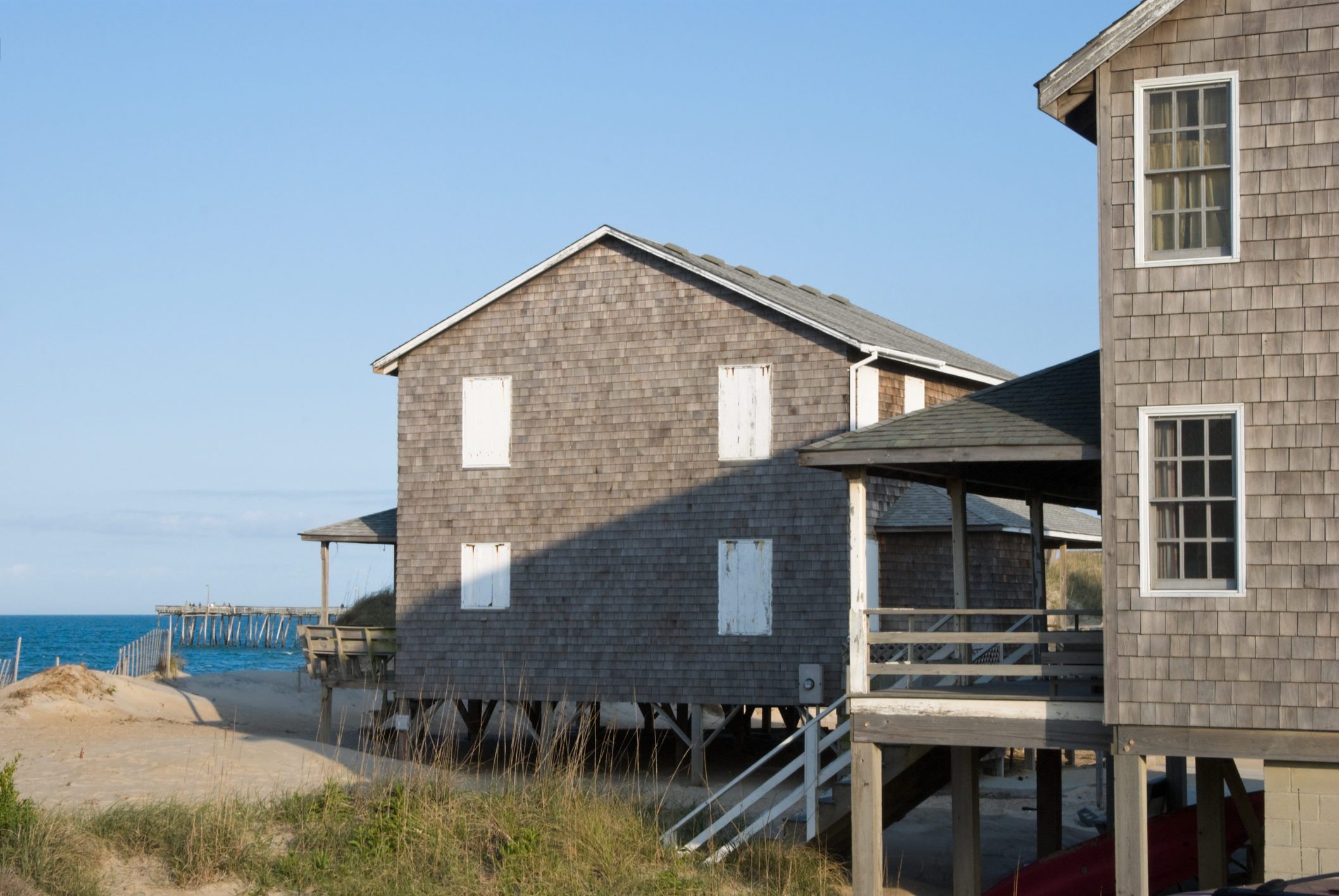Did you know that the Federal Emergency Management Agency’s substantial damage rule applies to any building damage … not just flood damage?
That’s right, even common homeowners policy perils such as wind, fire and/or water damage could trigger the requirement for a home to be restored into flood compliance. Often, that is very costly and necessitates the house being elevated above the Base Flood Elevation.
Obviously, the intention of the homeowners policy is to restore the home to its pre-loss condition; but that extra cost of elevating the home also may be covered by the homeowners policy if the Ordinance & Law limits are increased.
Special flood zones
FEMA requires every participating community to follow its rules/regulations regarding “Damage” and “Improvements” for houses located in Special Flood Hazard Area Flood Zones: If the cost to repair damage exceeds 50% of the structures market value, it must be brought up to current floodplain management standards.
Keep in mind that a home’s market value often is established by the improvement value on the tax assessment—that can be much lower than the true market value of the home.
Here is real-life claims case:
A 1,500 square foot beach house built in 1964 had an assessed land value at $1.5 million, but the building/improvement is only assessed at $177,000. The insured had a pipe break that caused $98,000 of damage to the interior of the home. Since there was damage exceeding 50% of the assessed “market value,” the home had to be elevated to comply with community flood standards. Thankfully, the insured had increased Law & Ordinance coverage on the home policy and the extra cost to elevate the home was covered.
Lesson: Increased Law & Ordinance coverage is crucial for insureds whose houses are in an SFHA flood zone.
If a homeowners policy does not have increased “Law & Ordinance” limits included, your client could be severely underinsured, which could cause a significant E&O exposure to your agency. Always advise your clients to have adequate Ordinance & Law limits on their homeowner policies to cover the additional cost of elevating a home above the Base Flood Elevation.
Know the equation
FEMA’s definition of Substantial improvement is: Any reconstruction, rehabilitation, addition or other improvement to a structure, the total cost of which equals or exceeds 50% of the market value of the structure before the start of construction of the improvement.
So, a project would be considered a substantial improvement if the cost of improvement was greater than 50% of the market value of the building. Don’t forget: The cost of the project means all structural costs, including:
- all materials,
- labor,
- built-in appliances,
- overhead,
- profit, and
- repairs made to damaged parts of the building worked on at the same time.
As hurricane season approaches
Law & Ordinance coverage could pay for the elevation of a damaged home, but only if your clients have enough coverage.
As hurricane season approaches, we tend to talk with our clients about flood insurance.
This is also a good time to review which of your clients have flood and homeowners policies within your agency. If you do not see an increased Law & Ordinance limit on the homeowners policy, it may be good time to have conversations with them.
Don’t forget: You will want to focus on and identify the homes built prior to the existence of Flood Insurance Rate Maps. It is imperative those Pre-FIRM homes have increased limits!

Walter Conroy
Walter Conroy has 12 years of insurance industry experience. Currently, he is personal lines manager at Liberty Insurance Associates, in Millstone Township, N.J. He just celebrated his second anniversary as a member of the New Jersey Young Insurance Professionals, and currently he serves on the association’s board of directors.






